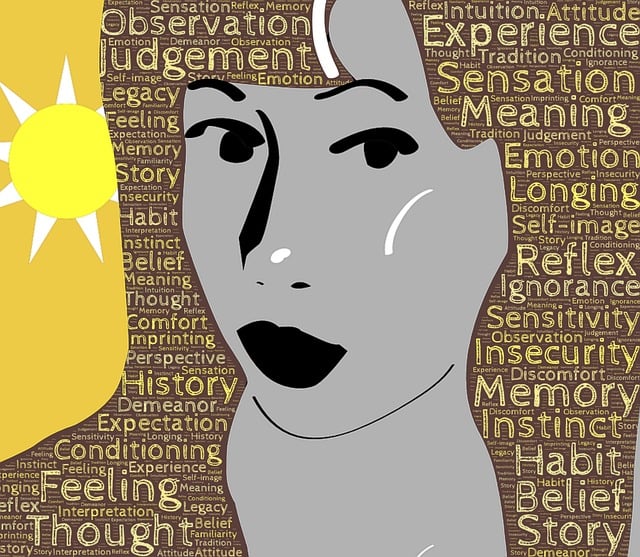How Language Shapes Our Thoughts
We learn from an early age—in whatever language we speak—that it is always a good idea to think before we speak. But does the very language that we speak change the way we think about the world around us? Time to combine philosophy and linguistics to see what we get. Learn more about how language shapes and may very well influence our thoughts.

Photo via Pixabay
The origin of an idea
For linguists of the world it is known that all languages behave differently, depending on the grammar structure and vocabulary to hand. We have mentioned in the past that countries whose language ‘thinks’ in terms of the future tend to be at the forefront of climate change action, and that Native American languages do not have the same concept of time as, say, Germanic speakers, at all.
We know that gendered languages have, in our quest to be ever better and more inclusive, come under fire even more so of late for the way we have to define people as male or female, developing neologisms or adapting the language we have already to include our non-binary friends. We have even looked at languages that we’ve decided sound angry and expect the people speaking those languages to be the same. So is this evidence enough to suggest that language shapes the way we think?
Pseudoscience?
Back in the 1940s an article by Benjamin Lee Whorf suggested that our mother tongues restricted the way we think, that we wouldn’t be able to get to grips with concepts discussed in other languages if they didn’t have the vocabulary in our own. He pointed to Native American languages whose concept of time is vastly different to, for example, Germanic and Romance languages. Whorf decided this meant the speakers of those Native American languages wouldn’t comprehend the flow of time, or any other concepts that there wasn’t the language for.
Learning a new language? Check out our free placement test to see how your level measures up!

Photo via Pixabay
Of course, all these decades later, we know this article was based on no research at all, but the idea of language shaping our thoughts has never left us. And although linguists have shied away from Whorf’s implication that our language fixes ideas in our minds and restricts us from other ways of thinking, studies have and do continue attempting to determine the connection between our thoughts and speech.
Gender
Gender is an easy example to work with in this study. In languages like English where our articles are determined only by whether there is a vowel or consonant coming first in the word we are describing, giving inanimate objects a sex has always seemed bizarre. Except, of course, for those of us who are adamant that all our cars are female…
Gendered languages like French, Spanish, and German automatically place a sex on these inanimate things. Using French as an example, cheese is masculine (le fromage), and salad feminine (la salade). And for English speakers learning the language, yes, this is strange, but we can adapt; if we must think of our food items as either gender then so be it!
Inanimate objects
But for other inanimate objects in other languages, things get confusing, or perhaps not confusing, but paying service to this idea of language shaping our thoughts. For example, in German, fork is die gabel, which makes the fork feminine, and yet in Spanish is el tenedor, which is masculine.
Experiments with speakers of both languages have shown a tendency to describe forks with ladylike properties in German, and more manly ones in Spanish! And further tests that asked people to assign human voices to inanimate objects gave forks and other similarly gendered words female voices in German, and male voices for Spanish.
Spatial awareness
Another area that some linguists think helps show that language shapes our thoughts is the way we talk about the space around us. This can be best demonstrated in the way we give directions (if anybody actually bothers to ask for them). In egocentric languages like English and French we describe things as being ‘in front of’, ‘to our left’, and ‘on the right’, relating the distance to us personally. But for geographic languages like Indonesian, directions are given according to the compass, where straight ahead becomes north, and depending on what’s on your left or right you are heading east or west. Which makes you wonder what language our sat navs are speaking to us…

Photo via Flickr
In conclusion, we are all Jon Snow, and know nothing. These two ideas alone, of gender and space, are not enough to determine exactly how language shapes our thoughts. But as language lovers we are excited for whatever further studies there will be into this theory, and will happily report back when we know more!
